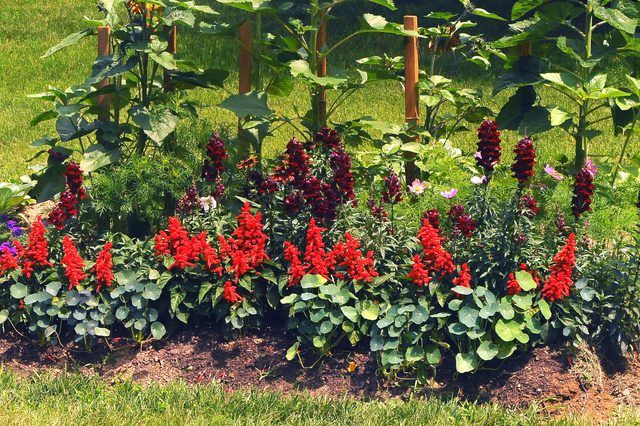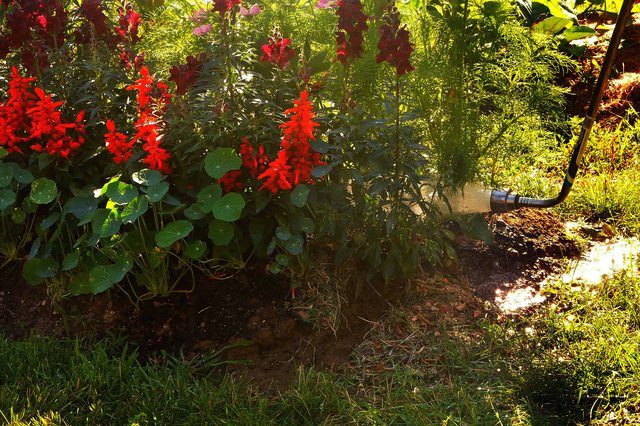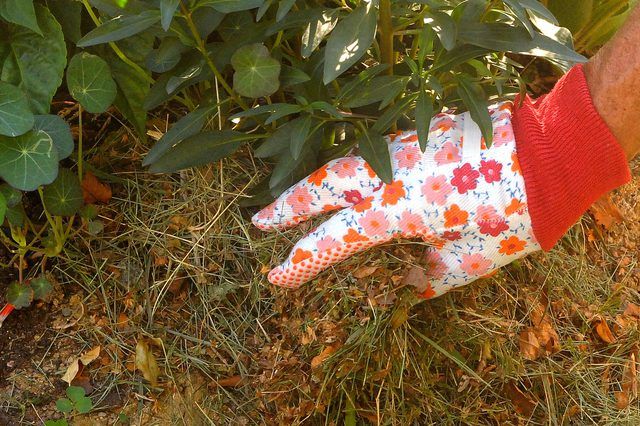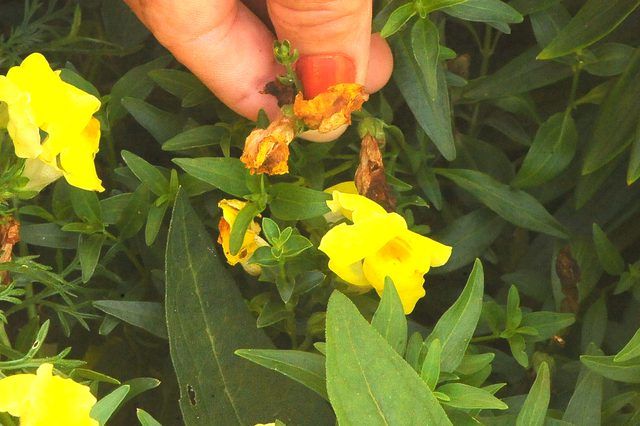Bulbs
Flower Basics
Flower Beds & Specialty Gardens
Flower Garden
Garden Furniture
Garden Gnomes
Garden Seeds
Garden Sheds
Garden Statues
Garden Tools & Supplies
Gardening Basics
Green & Organic
Groundcovers & Vines
Growing Annuals
Growing Basil
Growing Beans
Growing Berries
Growing Blueberries
Growing Cactus
Growing Corn
Growing Cotton
Growing Edibles
Growing Flowers
Growing Garlic
Growing Grapes
Growing Grass
Growing Herbs
Growing Jasmine
Growing Mint
Growing Mushrooms
Orchids
Growing Peanuts
Growing Perennials
Growing Plants
Growing Rosemary
Growing Roses
Growing Strawberries
Growing Sunflowers
Growing Thyme
Growing Tomatoes
Growing Tulips
Growing Vegetables
Herb Basics
Herb Garden
Indoor Growing
Landscaping Basics
Landscaping Patios
Landscaping Plants
Landscaping Shrubs
Landscaping Trees
Landscaping Walks & Pathways
Lawn Basics
Lawn Maintenance
Lawn Mowers
Lawn Ornaments
Lawn Planting
Lawn Tools
Outdoor Growing
Overall Landscape Planning
Pests, Weeds & Problems
Plant Basics
Rock Garden
Rose Garden
Shrubs
Soil
Specialty Gardens
Trees
Vegetable Garden
Yard Maintenance
How to Care for Snapdragons
How to Care for Snapdragons. Tall, colorful snapdragons (Antirrhinum majus) add beauty to almost any home garden, but it's the funny little flowers -- whose "mouths" open when you squeeze their "cheeks" -- that are so appealing. Hardy in U.S. Department of Agriculture plant hardiness zones 7 through 10, the plants reseed...
Tall, colorful snapdragons (Antirrhinum majus) add beauty to almost any home garden, but it's the funny little flowers -- whose "mouths" open when you squeeze their "cheeks" -- that are so appealing. Hardy in U.S. Department of Agriculture plant hardiness zones 7 through 10, the plants reseed themselves readily. In USDA zones lower than 7, the plants are often grown as annuals. Inexpensive, simple to grow and fairly hardy, these flowers will bloom all summer long if cared for properly.

Things You'll Need
Watering tool
Mulch
Trellis or other support structure
Pruning tool
Bleach
Water-soluble fertilizer
Step 1
Give your snapdragons plenty of sunlight. These distinctive plants grow and bloom best in full sun.

Step 2
Water established plants when the top inch or so of soil feels dry to the touch. If a work week goes by with no rain, water the flowers. Make sure the soil does not collect water -- well drained soil is best, and containers should have hole in the base. These plants are susceptible to rust and other fungal diseases, so water at ground level rather than using an overhead method.

Step 3
Pinch off the tops of young plants when they are a little over 2 inches tall. This will create a fuller plant with more blooms. Some of the dwarf varieties do not necessitate this step.

Step 4
Surround young snapdragons with a 2-inch-thick layer of mulch. This will keep the soil cool and moist, and help stifle weed growth. Replace the mulch in the fall if it has worn away, as this may help plants survive over the winter in cooler USDA zones.

Step 5
Provide a support structure for tall varieties -- some snapdragons can reach heights of 3 feet. A branch inserted in the ground or a wire trellis works well.

Step 6
Remove the spent flowers to encourage re-blooming. You can cut snapdragons back to within 6 leaf nodes after the first flush of flowers has faded. Dip your clippers or other pruning tool in a solution of one part bleach to 9 parts water. This will sterilize it and help prevent the spread of fungi. Or, simply deadhead the flowers one at a time as they fade.

Step 7
Fertilize once buds begin to develop for the second time after the first round of blooms has died. Use a water-soluble fertilizer formulated for blooming plants. Instructions will vary depending on the brand, but in general, dilute 1 teaspoon in a gallon of water and use that water to water your snapdragons when you see the new flower buds.
